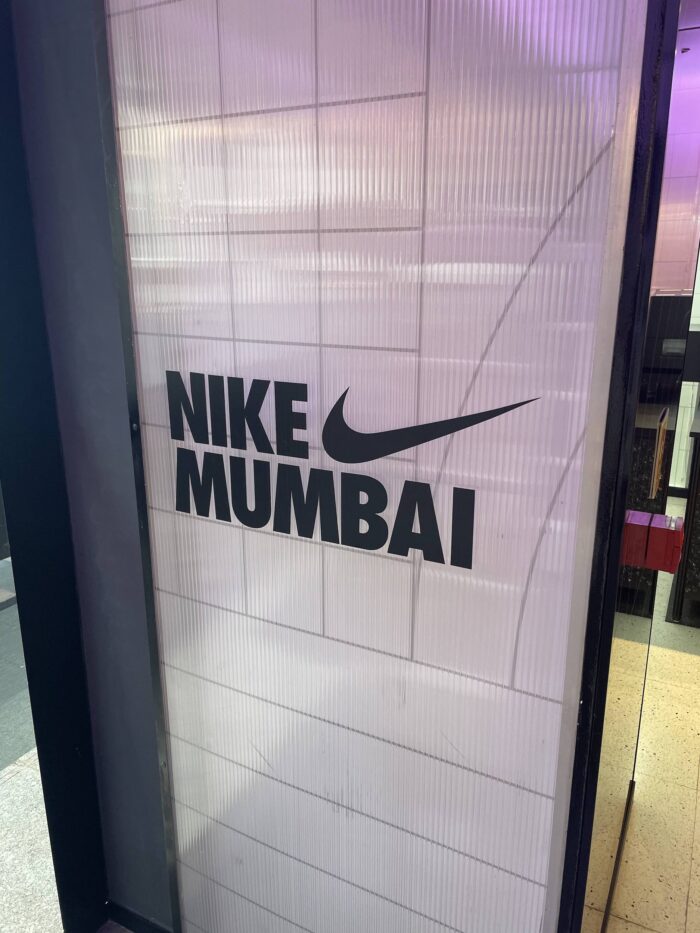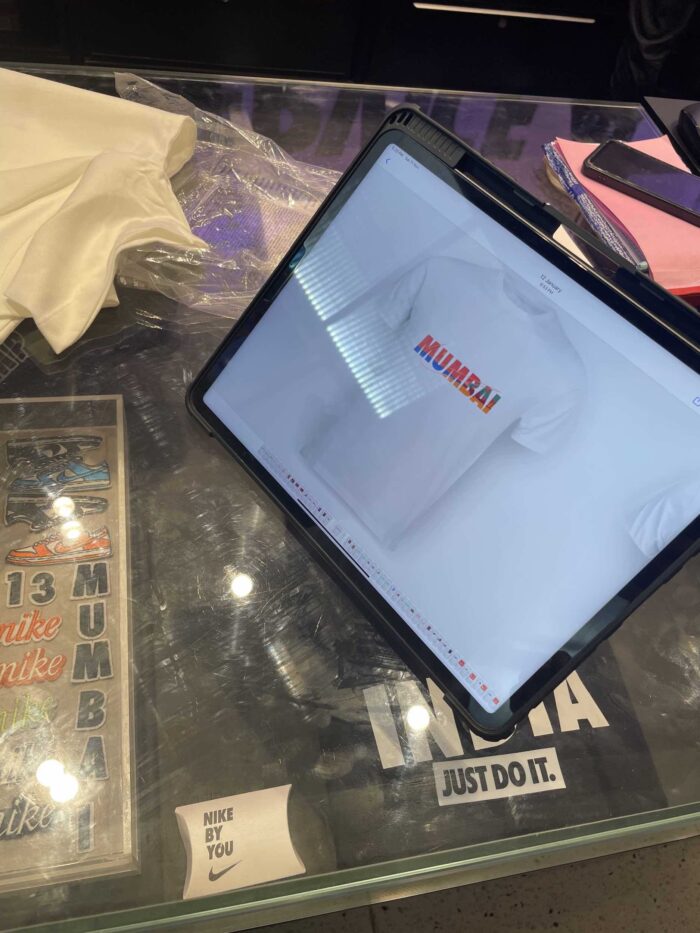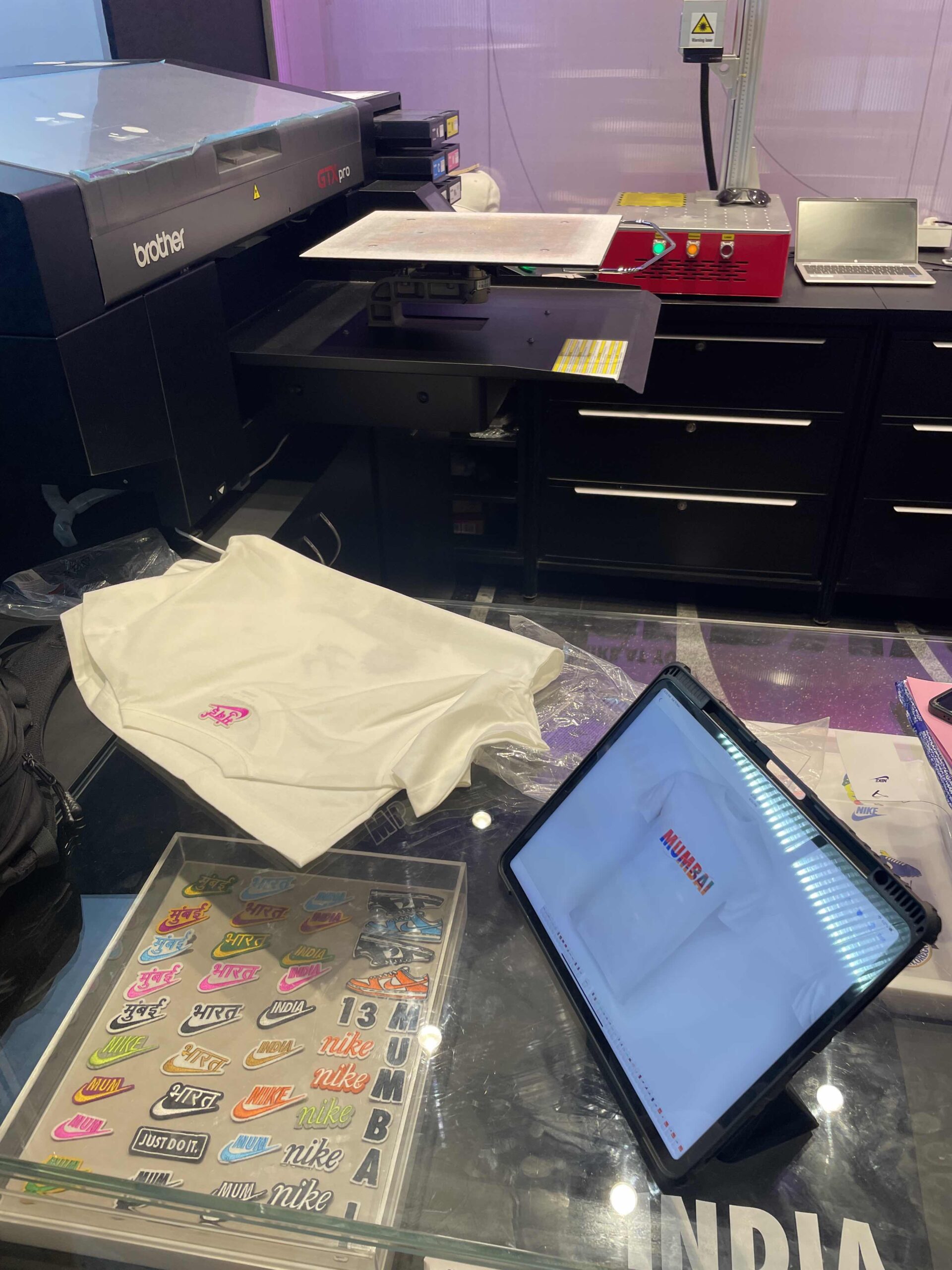We sat down with Vince Salyards to discuss the topic of strategic sell-in. CPG firms are always trying to identify thought leadership for their customers (retailers). But often times now, next and future solutions have to be packaged up and “sold” to retailers. The process requires value added content and the art of selling. In this interview, Vince, shares how he has found success over 30+ years in the business.
Nike in Mumbai.
Upon our return from a few weeks in Mumbai, my family and I embarked on a quest that perfectly encapsulates the interests of my two boys, aged 13 and 10. Their fascination with all things typical of their age—video games, popular YouTubers, and the allure of Nike—led us to a mission: hunting for Nike stores and also intriguing knockoffs in places like Fashion Street, nestled within the bustling cityscape.
Meanwhile, my personal quest was more straightforward: I sought a Nike Mumbai shirt. Having collected Nike shirts from various cities worldwide—Shanghai, London—finding a Mumbai edition was a priority. However, our initial store visit turned up empty-handed. It was a helpful store associate who steered us toward the Nike outlet at Palladium Mall, sensing both my desire and the boys’ potential delight in the search.
The Palladium store proved to be an unexpected treasure trove. While the customary Nike station for personalized tees and hats was there, what truly astonished us was the collaboration with local artists. These creative minds ingeniously wove iconic city landmarks and cultural motifs into Nike designs, paying homage to the essence of Mumbai and India. Adding another layer of magic, the fusion of artists and Nike extended to an Instagram AR filter, animating these unique designs on our phones.

In my globetrotting adventures, I’ve encountered an array of anticipated designs. Even within high-end retailers, the beauty of unexpected designs has become somewhat predictable. Yet, what Nike accomplished in partnership with local designers left a lasting impression on me.
As a family, adorned in our newfound Nike shirts, we’re not just wearing fabric—we’re sporting cherished memories. This experience has deepened our appreciation for Nike, intertwining our passion for the brand with the rich tapestry of Mumbai’s culture.
Friday afternoon my wife and I went to Kroger to pick up some groceries. As usual, our small list became a full cart. Kroger is one of the four grocers we shop at but it’s not our regular grocery store. As we walked in, my wife saw a Krogo cart and suggested we try one.
In case you aren’t familiar with it, KroGo uses a smart cart from Caper. On the top of the carts are a small tablet sized display and scanner. A shopper picks up an item off the shelf, scans the item barcode, the scanner reads the barcode and adds the item price to the order which is tracked on the tablet display. The display which shows a running tab of items and price on the display. If you have used an Amazon or other smart cart, they are all about the same.
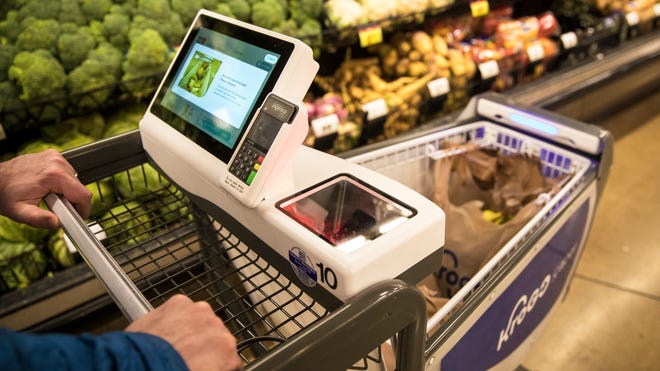
Make it Ridiculously Easy
We started in fruits and veggies and it worked just fine. We then put a four-pack of Cut Water (Tequila Paloma, my wife’s favorite) through the process, but the scanner wouldn’t read it (likely an age restriction thing).
When I realized some eggs were on sale, I punched my loyalty number in on the cart display but I needed to have clipped the digital coupon to get the sale price. I didn’t have time for that, and didn’t know my loyalty password, so I moved on.
How do we check out?
There was a sign over both self-checkout aisles that read Self-Checkout & Krogo. The area was pretty busy (Friday afternoon) and we couldn’t tell where to go or what to do once we were under the sign.
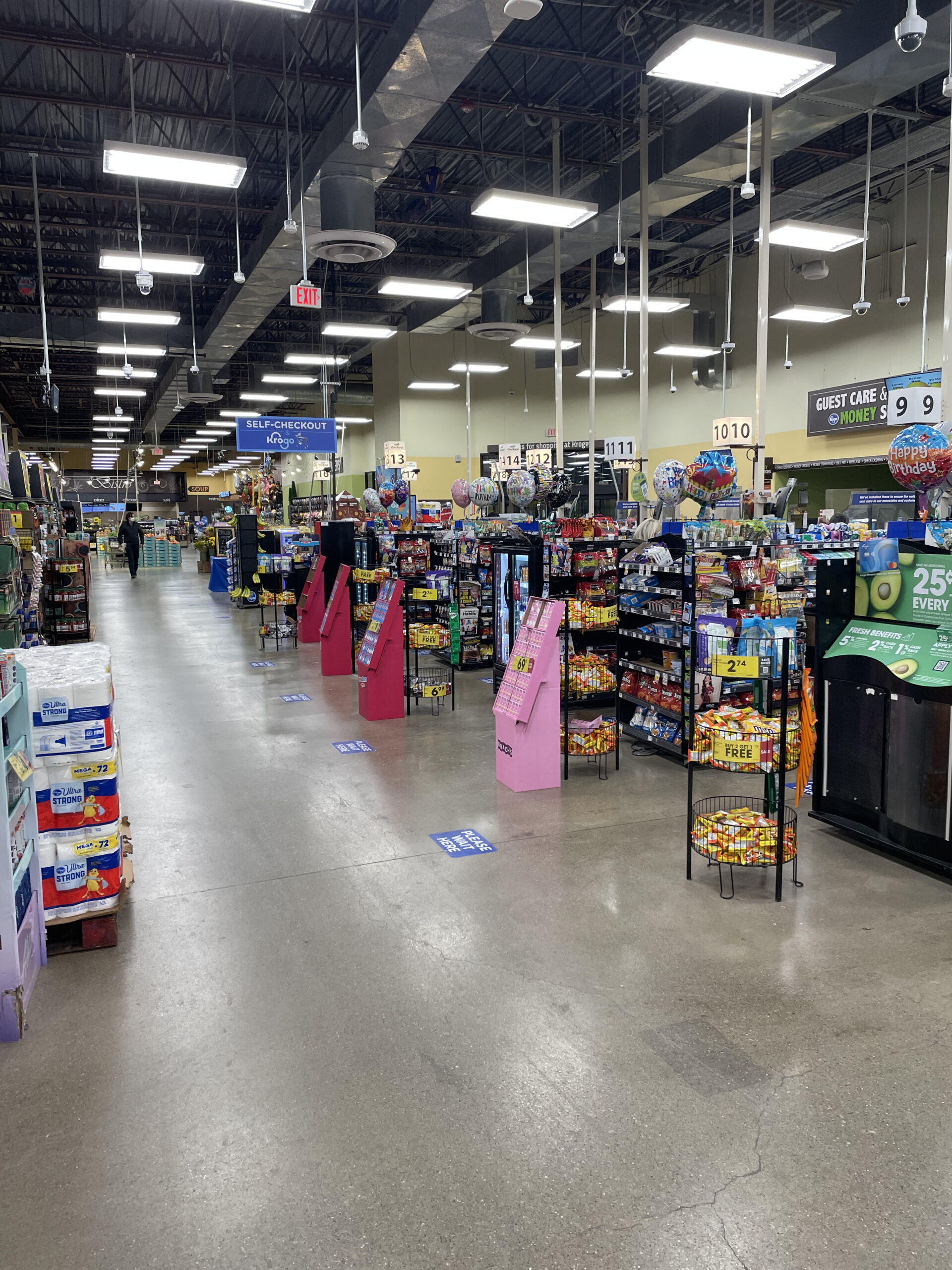
There was no other indication for Krogo and no associate to help us. The Kroger associate stationed there was helping another shopper with her order at a self-check machine at that moment.
We stood there, I am sure looking a little confused, for a solid 3 minutes. All, while letting other shoppers behind us go through the self-checkout process. We walked to the other side of the self-checkout but it was a product display, not a Krogo checkout area.
When the associate finally finished helping the other shopper, we asked for help. We told her we needed to pay but that our Cut Water wouldn’t scan and that we needed help getting the coupon for the eggs on sale. She had me scan the Cut Water and eggs at the self-checkout scanner. Once that transaction was complete, we paid for the other groceries using the Caper system on the cart.
As we were walking away, my wife said that was a “waste of time”, we should have just used a regular cart.
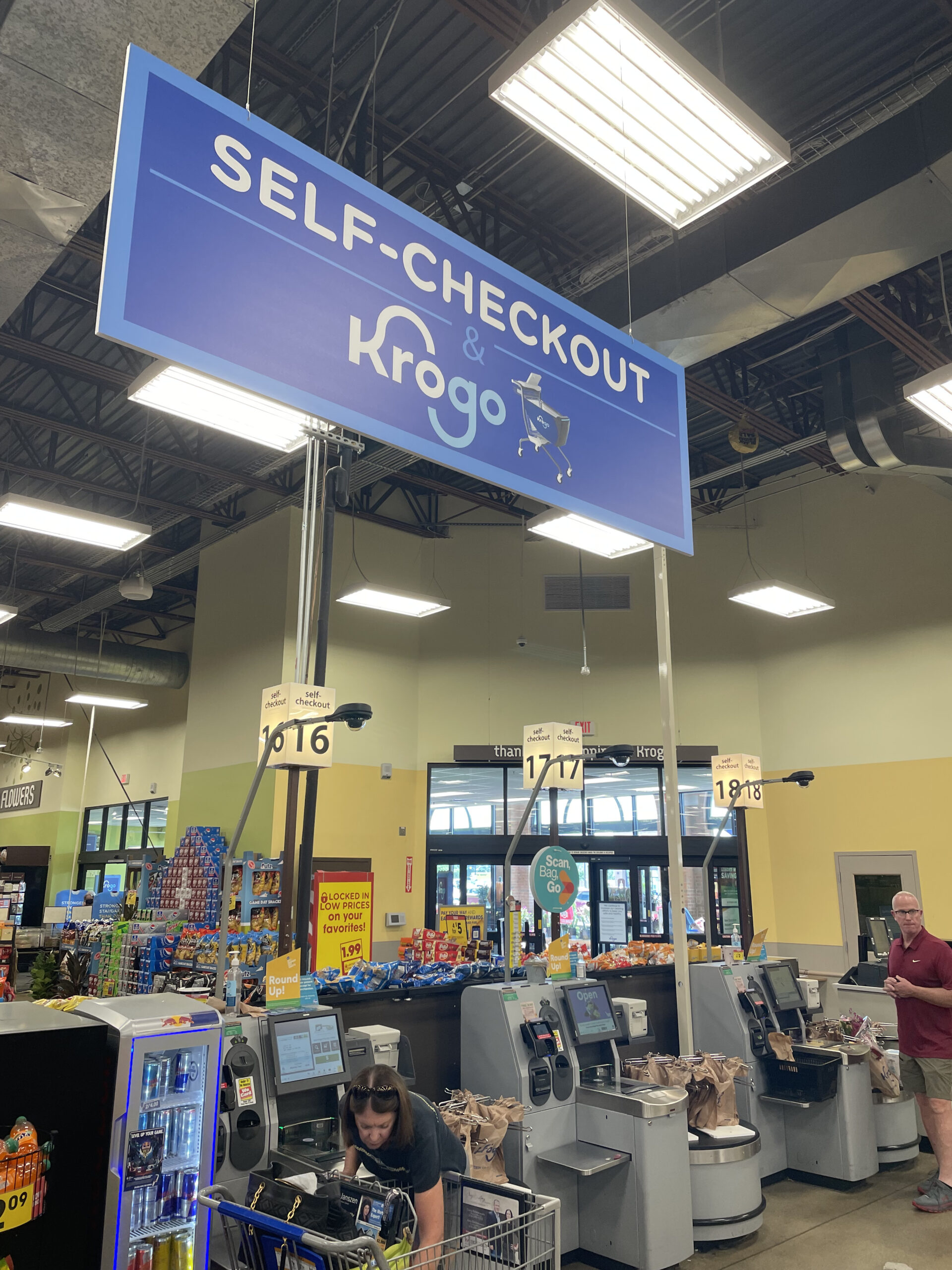
Frustrations Minor and Major
The experience left a bad impression on me and, more importantly, my wife. My biggest frustration wasn’t the Cut Water issue, that happens. It was the lack of focus on overall customer experience.
Minor.
I needed to pull my phone out to figure out the digital coupon issue. There is a display on my cart, I am logged in, I hadn’t seen the coupon until I was standing in front of the eggs. The friction was completely unnecessary. Make it easy for me to get the lowest price, period. That’s an issue beyond Krogo. Maybe I’ll cover that in another post.
Major. Someone at Kroger thinks a single giant Self-checkout Krogo sign over self-checkout is enough for people. It’s not. If I stood there, looking around for some indication of what to do, there is no doubt, others have the same problem.
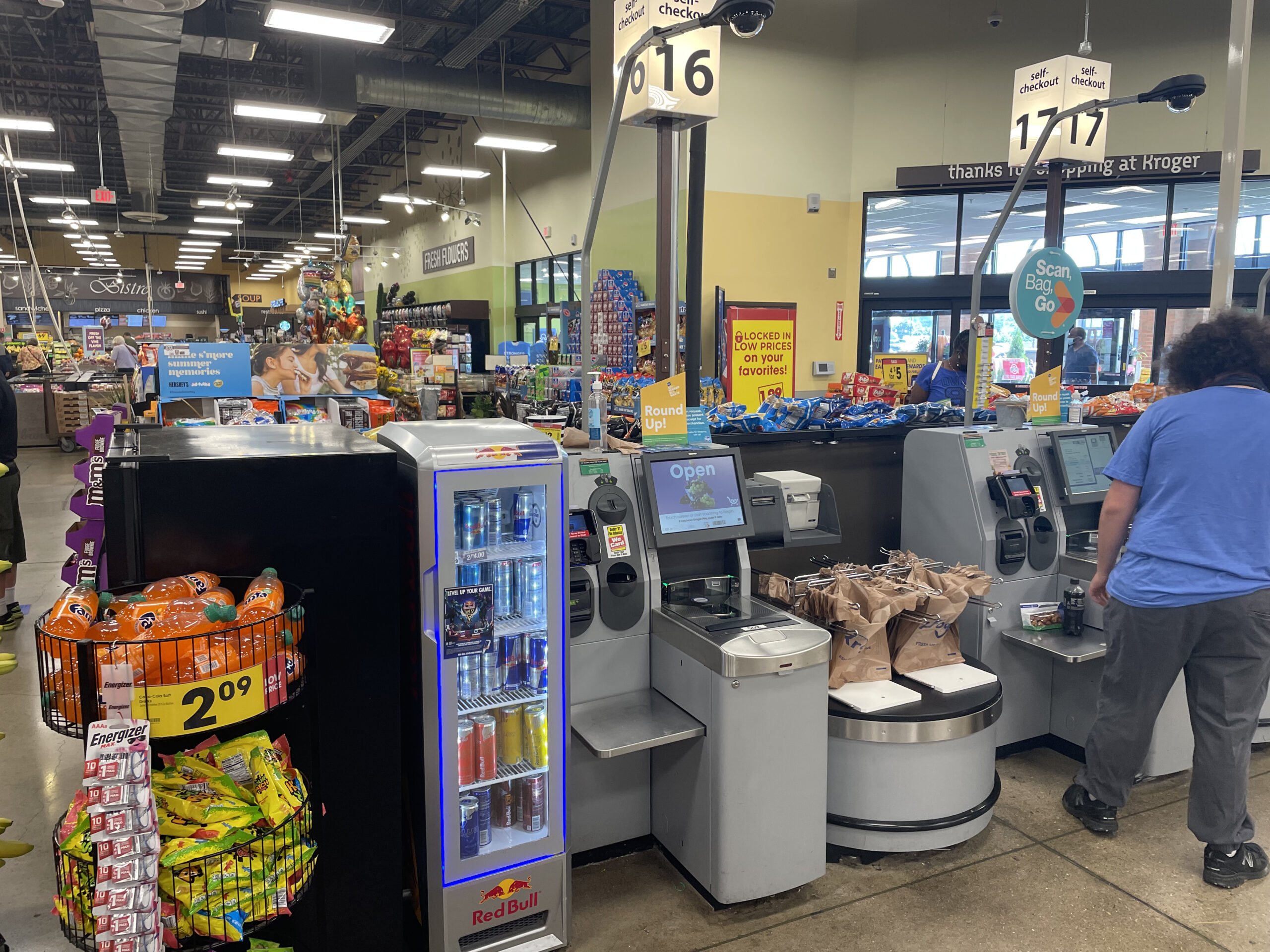
Did Kroger observe any shoppers going through this experience? Does anyone at headquarters even know any of the frustration points during this process? Will they consider this test a success? A failure? Will they know why? What were their goals? What are their success metrics?
Since I have worked on many front end design projects, run multiple research studies and completed digital-retail integration projects for major retailers, I am hypersensitive to retail experience. My wife wouldn’t have even tried KroGo if I wasn’t with her. But now that she has, she’ll likely never use that cart again.
Human-Centric Design
Issues expand beyond the technology friction. It’s clear a user-centered approach wasn’t applied because when we went to put the cart away in the parking lot, there was no signage at the cart corral. These carts seem special, it seemed odd to leave them with others in this hot mess of a cart corral. My wife walked the cart back into the store because she didn’t think it would be good for this “smart cart” to be left outside. Surely that’s not what Kroger intended. A user-centered approach would have led to signage that indicated it was okay to park the smart cart in the corral… or a notification on the cart that said, please return to the store.
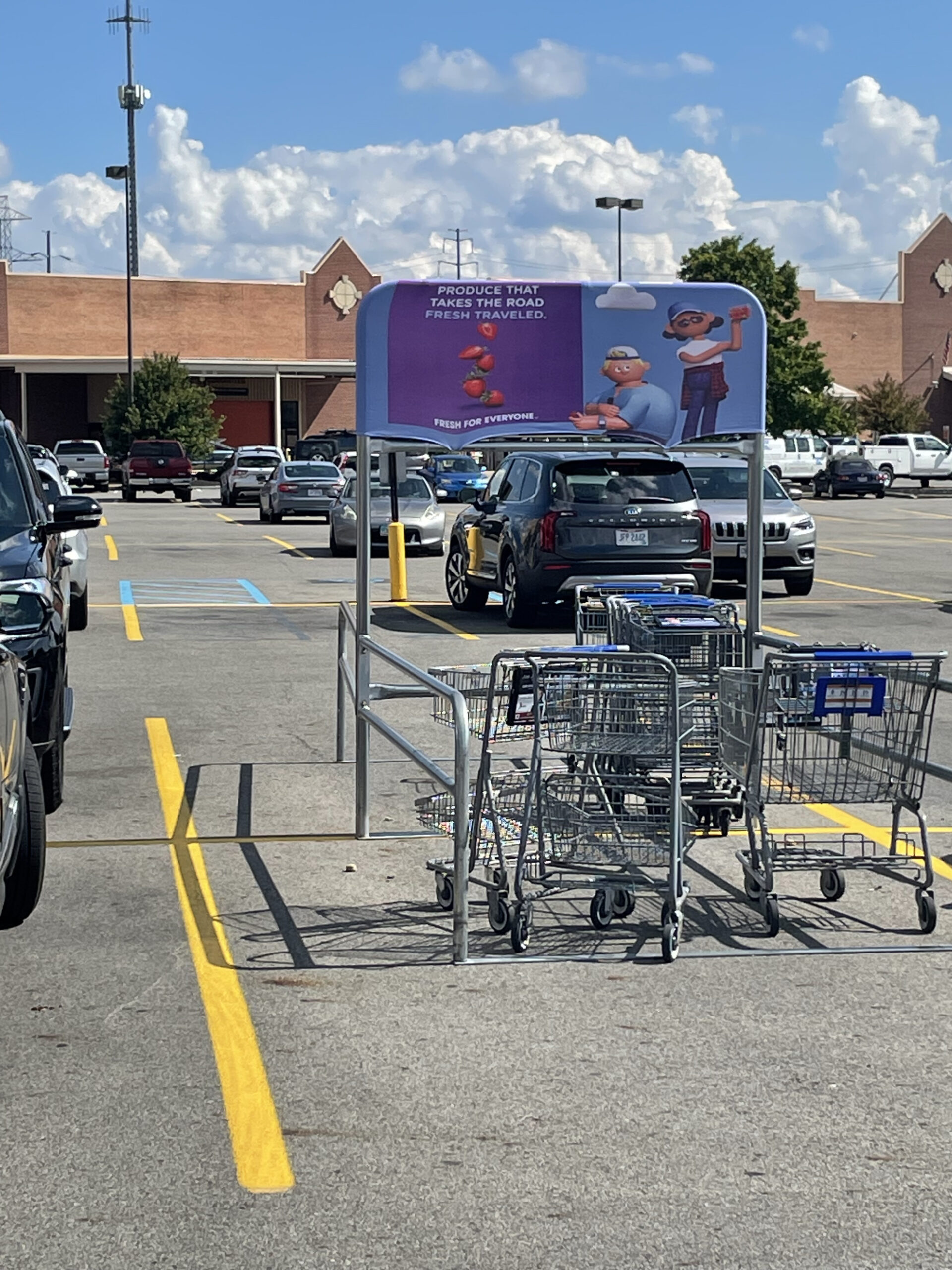
Human-Centric Approach
My recommendation on these types of projects is to use a design team who has experience in human-centered design. Consider the shopper’s journey and observe how shoppers interact with self-checkout today. Run some tests in a controlled environment and observe shopper unmet needs and pain points. And then design around those learnings.
If you are deploying a technology project and let technology lead, don’t. In my opinion, this was a technology-led project with little consideration of the shopper’s store experience beyond the cart. The shopper-need should lead. The total shopper journey is what you should design for.
Below are considerations for your next experience project:
Put the user at the center of your experience (get in their shoes)
Understand your shopper’s journey. Identify the unmet needs and areas you can improve their experience
Walk the pilot store and observe initial interactions with an experience, ideally by then you’ve worked out major kinks
If you are deploying technology, don’t let it be the lead
Never assume shoppers know what to do
Signage can make a difference. You don’t think people read, but signage is the first thing customers look for if something is confusing
If you don’t set up the test well, don’t discount poor results as indicative of bad technology or a bad idea
Would love to hear your experience with KroGo and whether it was better or worse than ours. Once someone tries it and is familiar with it, it is likely easier. However, setting hurdles like this do not do smart technologies any favors.
We are rapidly approaching our four year anniversary at PINE. It has been an amazing time of personal and professional growth. In planning for the future, we have been reflecting on why we have seen successes and where we can continue to grow and evolve.
Why Us?
One of the questions we asked ourselves is why do companies hire PINE? Understanding strengths and weaknesses always helps to determine and communicate your competitive advantage. Sustaining and communicating this advantage is always a challenge.
The number one reason people hire us is a referral, even if they don’t understand our value as articulated below, they refer us based on the meaningful impact our thinking has had and can have on their business; referrals have been the cornerstone of our business.
Articulating Value
Articulating this valued outcome to an entirely new group is much harder in practice. We have our core pillars; questions before answers, willingness to question, transparency and trust and whole mind (left and right brain) thinking. This coupled with a portfolio of great clients and projects have often been enough. However, we know that the world is constantly changing and the competition and expectations never rest, so we decided to dig in and look deeper.
We firmly believe there is something unique. Simply put, we believe we look at things distinctively differently. Our personal philosophies of embracing life and situations with genuine curiosity and questioning assumptions (BEGINNER) and applying a combination of a broad set of experiences (SAGE), what we call a Beginner-Sage Mindset.
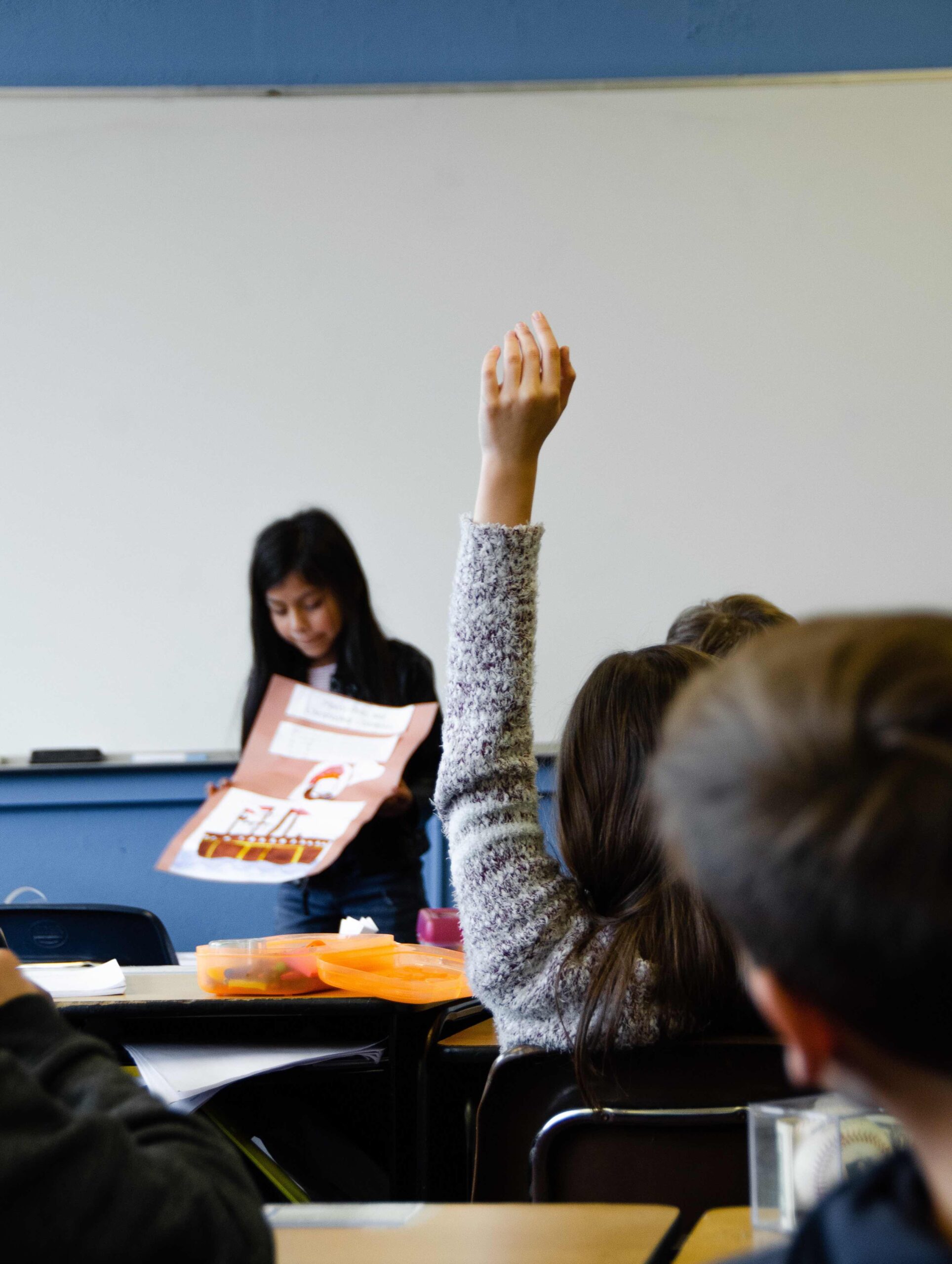
A beginner’s mindset, a philosophy observed by Shunryu Suzuki (1904–1971), a Zen monk, teacher, and author of the book Zen Mind, Beginner’s Mind relishes uncertainty. It is to not burden oneself by the way things should be.
A sage, in classical philosophy, is someone who has attained wisdom.
We believe creating and fostering the constructive tension between these two perspectives, the Beginner and the Sage has been the key to our unique approach and has had a broad impact on our work. A hungry appreciation for questioning assumptions and a respect for the wisdom gained by experiencing many inputs across our careers and clients, has helped us succeed.
To the Future
As we continue to think about and evolve how PINE can best serve our clients, we look forward to a future sparked by enthusiastically embracing the many new situations that lie ahead as beginners while being guided by the wisdom from our pasts.
Cheers.
Ecommerce finally moves forward
Ecommerce may be finally stepping into a new era. In 1999, a group of colleagues and I built an ecommerce site for a wallpaper retailer. Sadly, not much on the front end design of Ecommerce sites has changed since then; scroll down, find a product, add to cart and keep shopping. Yawn… wake me when it gets fun. Innovation for the most part has been focused on the backend with the obvious goal of selling stuff as quickly and easily as possible.
Personalization comes to life…
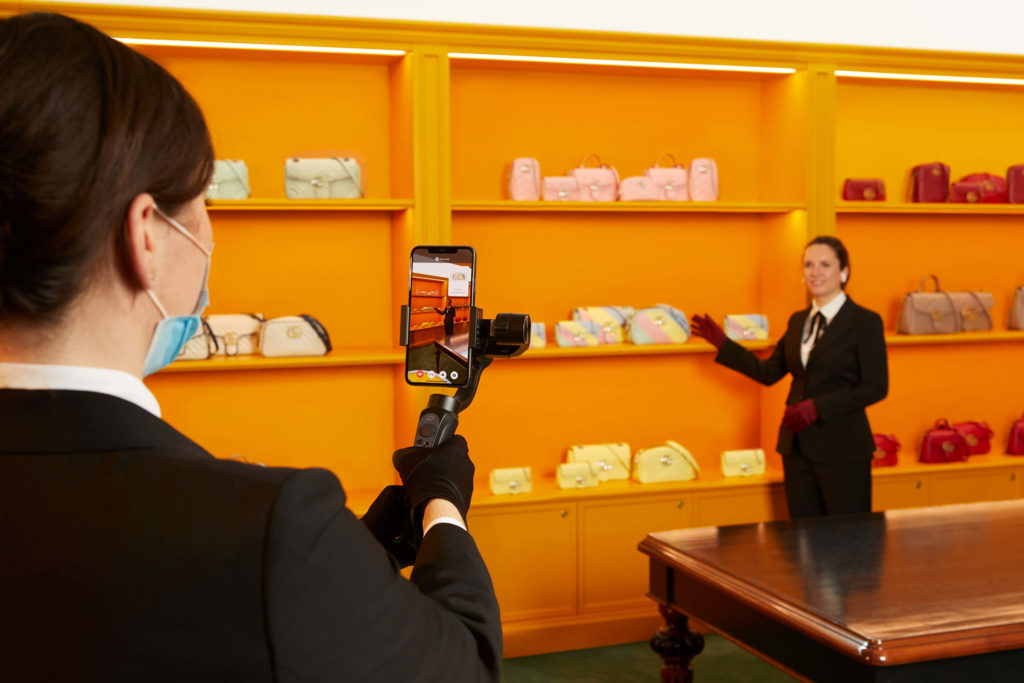
However, Gucci’s new personalized video shopping may have just changed all that (No yawn)! Ecommerce efforts in social media (Pinterest, Instagram, Tik Tok) have given new hope and life into bringing the emotion back to ecommerce shopping. However they have still not evolved a real-time human connection until now. Gucci’s Live, a new online service brings the advisor to the customer. The new effort allows Gucci to be more present (human) in the lives of its customers, when and where they want it (technology).
Marco Bizzarri, Gucci president and CEO, said in a statement when Gucci 9 opened. “The service is delivered according to the values that define and differentiate our brand today: a human touch powered by technology.”
Democratizing personalization
In the near-term this level of service is a stretch for most mass retailers as they continue to use human associates. Creative ones like Gucci will integrate influencers, major stars, etc and perhaps even charge a premium for exclusive ‘remote’ shopping experiences. However, we ultimately believe this could easily trickle down to retailers like Target.
Positive COVID impacts
COVID made remote video a reality overnight. The reality of a remote shopping spree with friends in different cities around the world no longer seems like science fiction. This gets us excited about a whole new possibility for Ecommerce!
PINE
At PINE we are always looking ahead for what the future might look like, we call these GLIMPSES. We help Fortune 100 companies translate GLIMPSES into actionable strategies and implementable experiences.
Special thanks to co-author John Youger
If you are reading this you probably already know that the PINE team loves to travel. We spend a lot of time on the road because we enjoy seeing and experiencing new things. We know all the fresh inputs lead to better outputs for ourselves and our clients.
One of our more noteworthy work experiences this year happened when we visited a store called Foodhall, in Mumbai, India. Foodhall is a premium lifestyle food superstore that was started in 2011 by the Future Group of India. Future Group’s founder, Kishore Biyani, started other successful retail ventures including Pantaloons and Big Bazaar. Some say he is India’s Sam Walton.
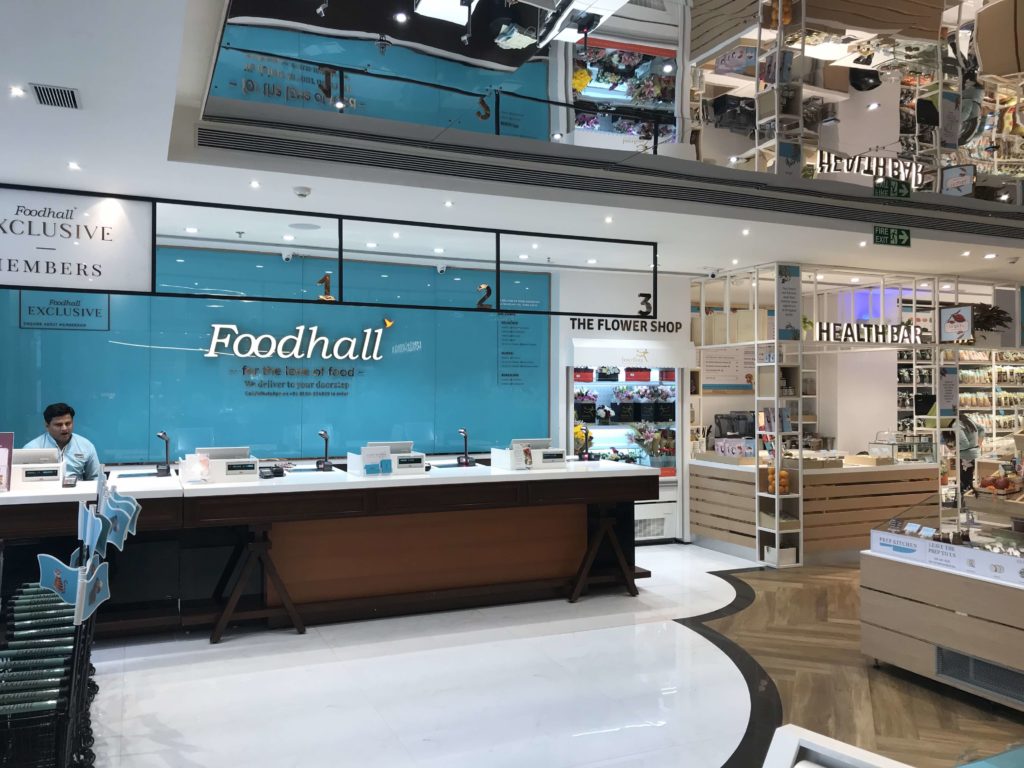
The store we visited, the concept’s largest, opened in December of last year. It’s a 25,000 square foot space, in Bandra, an upscale suburb of Mumbai. It caters to the wealthy class of Mumbai; the prices are beyond the reach of the average Indian consumer. Here you will see the occasional sari on a middle-aged woman, but more often than not, torn jeans, t-shirts and Apple Watches, is what the young and old are wearing.
At it’s core, it’s a grocery store. But it attempts to push well beyond that idea. This particular site has 4 stories and a basement. Full assortment of fresh fruits and vegetables, packaged goods and cooking related general merchandise. Sprinkled through the store are little bars or stations, some with seating, where you can get smoothies, coffee, teas, fresh baked goods and confections. Shopper enter at ground level and are met by a full assortment of fresh items, a health bar, bakery and checkout.
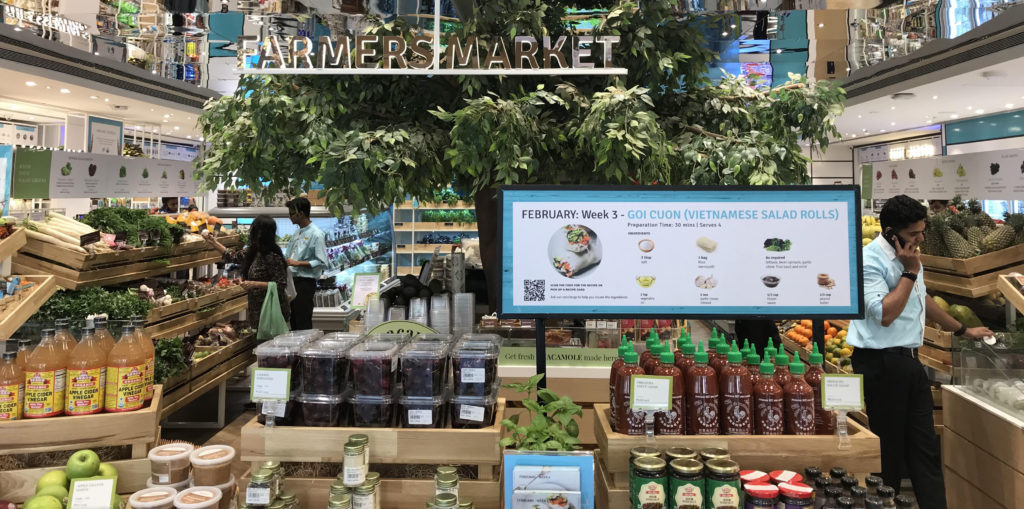
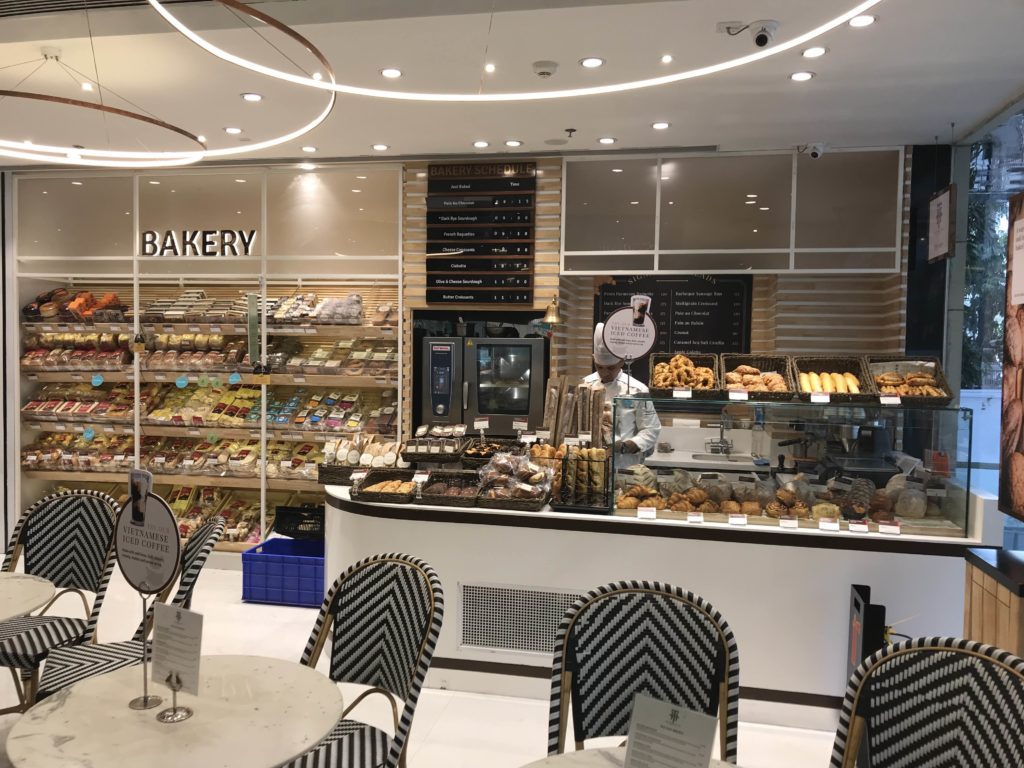

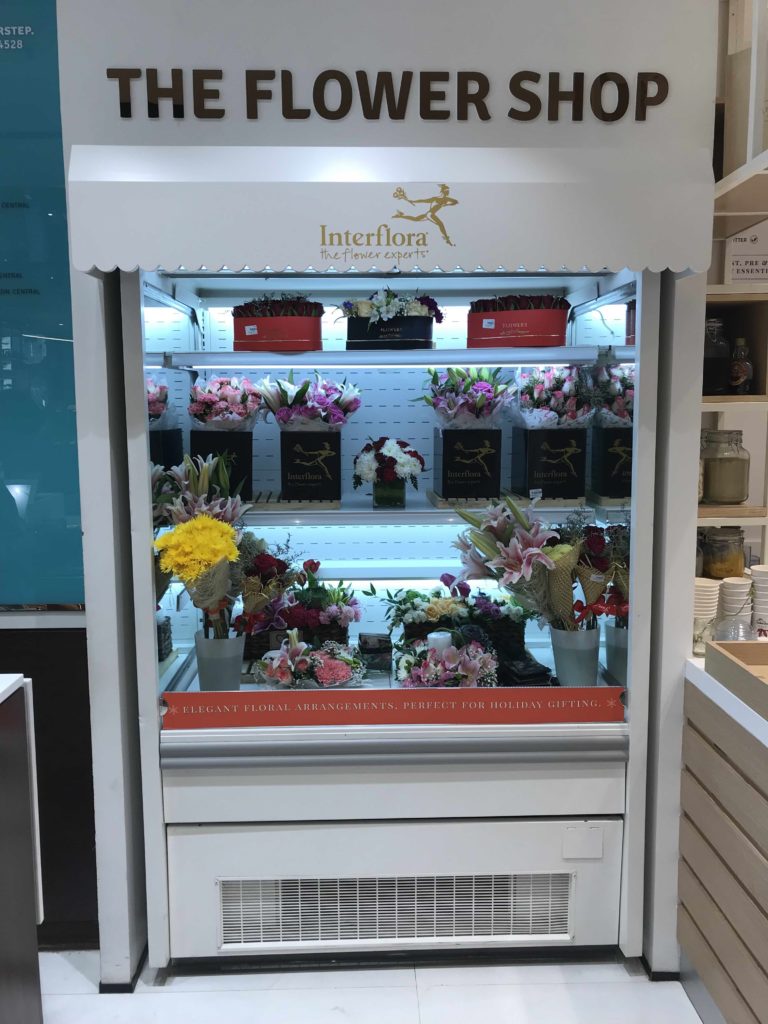
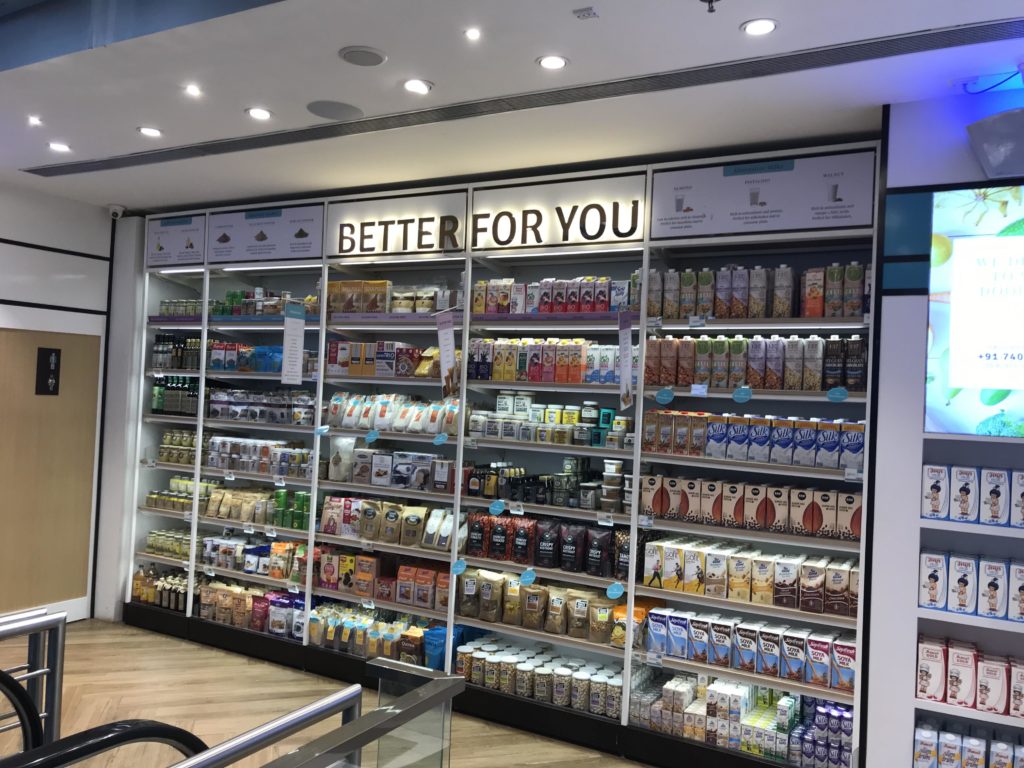
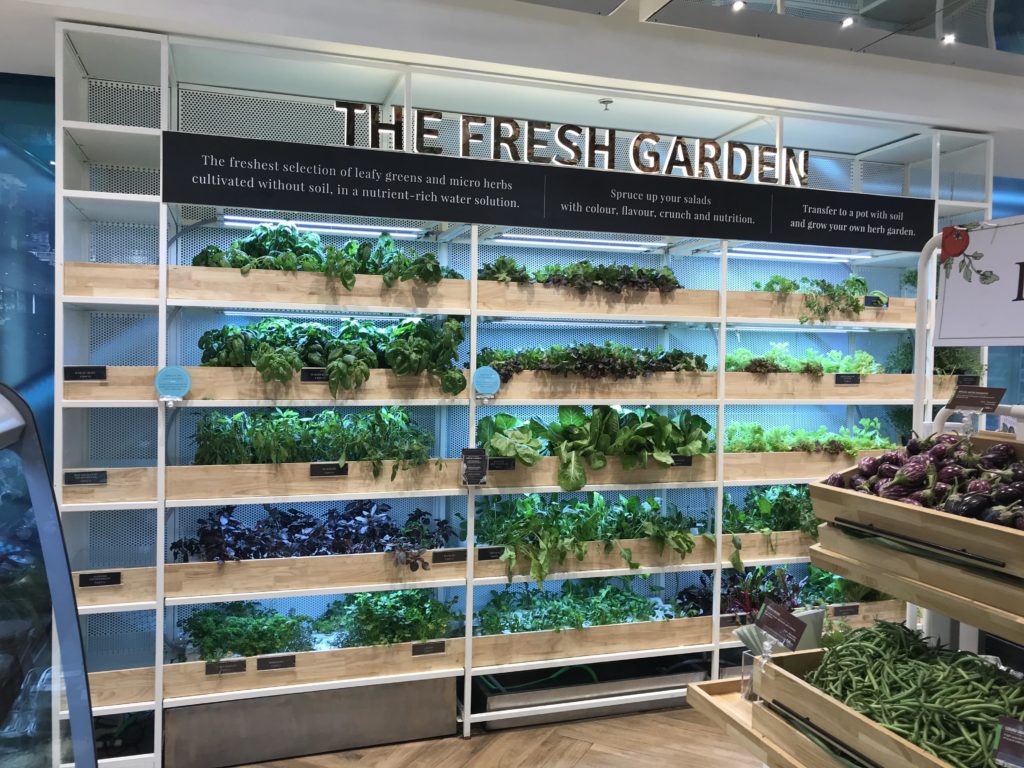
The 2nd floor is a mix of food, bars and housewares. There’s a cool little Coffee Bar with Indian coffee varieties and specialty ways of brewing, including a Japanese method. You can buy coffee to drink on the spot or beans to take home.

Around the corner from the Coffee bar are a Tea bar, Sweets bar and more typical rows of gondolas of grocery items. They have wide assortments of honey, jams, teas and some traditional western snacks.
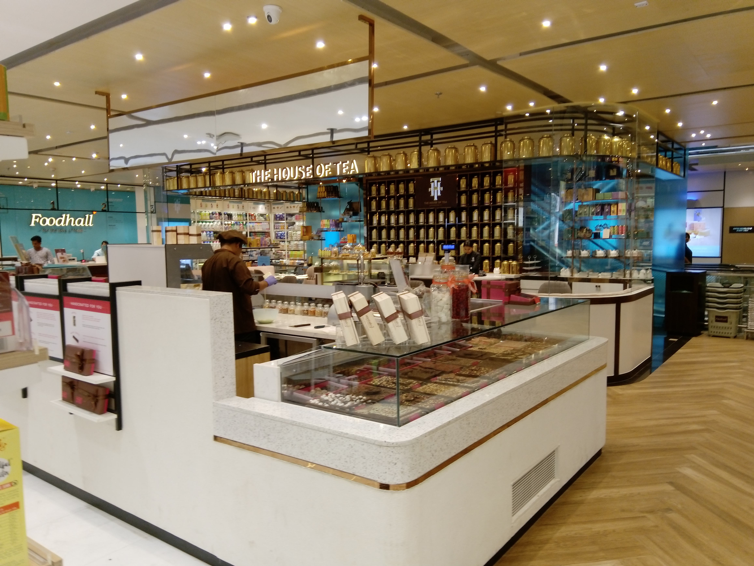
On the 3rd floor are a full restaurant and an industrial kitchen used for cooking classes. The schedule for the cooking classes seemed chock full of great meal ideas. Shoppers can sign up and show up for the lesson.
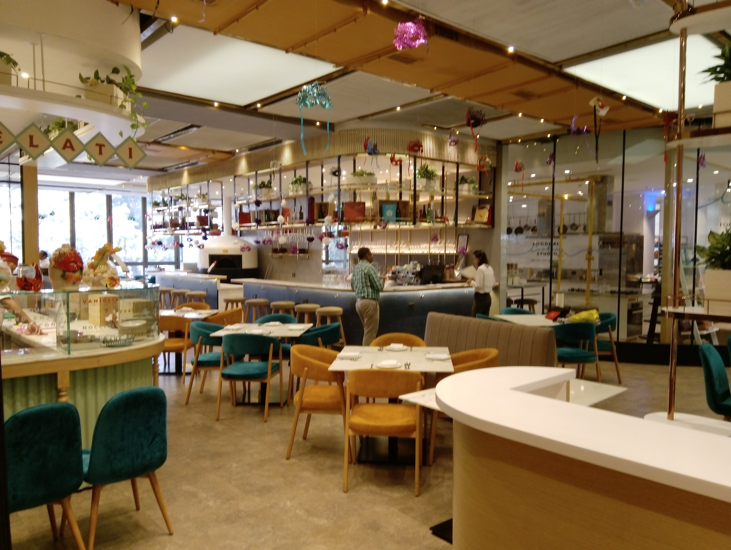
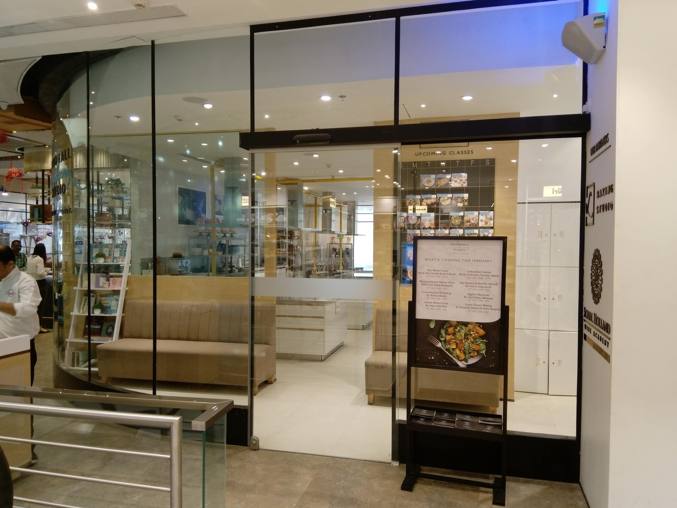
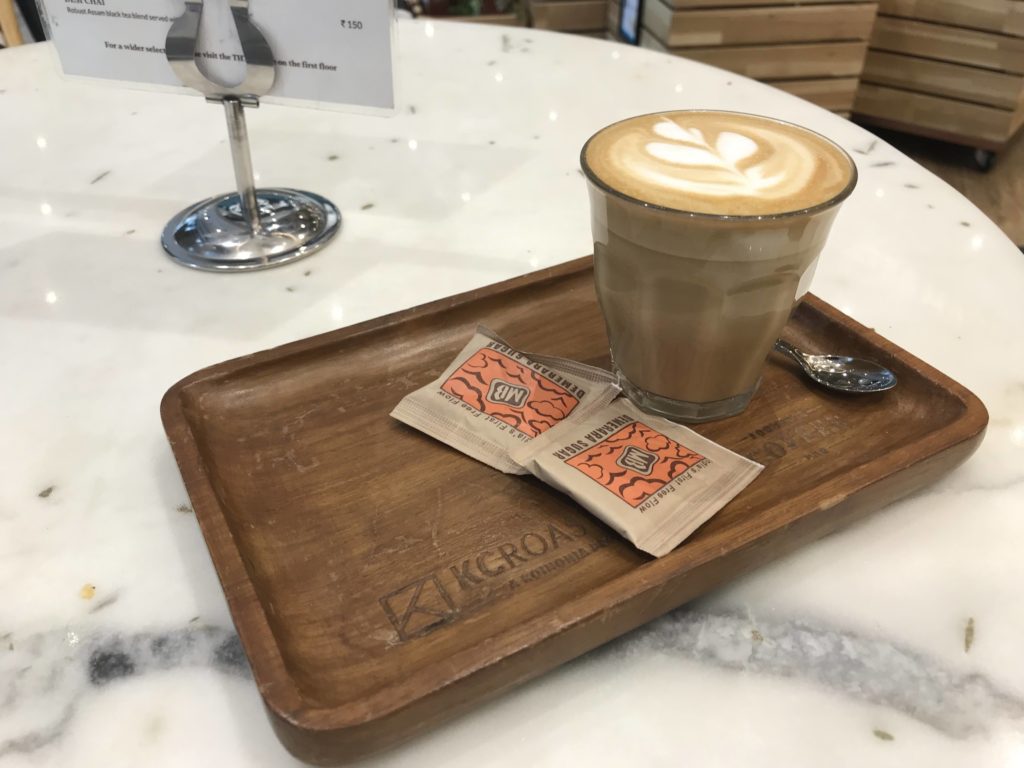
Retailers in the U.S. should take notice, while Foodhall doesn’t get it perfect, it’s one of the better attempts we’ve seen toward this blend of grocery and experience. Eately is less everyday and Whole Foods and others with dining are too grocery. We are excited to see what Future Group can do on future iterations as they refine the concept.
The day after shopping this store we met an old friend who is well connected in Indian retail. He mentioned “a team from Amazon” had just visited the store. And suddenly a recent announcement made sense. This is another move in India by Amazon. Last year they bought More, (a concept I worked on). Oh..and maybe the good people at Kroger were there too, with today’s announcement, who knows.
Our team walked away with inspiration and new ideas that we’ve undoubtedly brought to clients since the trip. We always think it’s a great use of time and resources to take a road trip and find some inspiration! Stay tuned for thoughts from our next adventure.
If you have any comments or questions, send me a note: [email protected].
The most profound impact on how we will shop in the future won’t be AI, VR, AR, big data or anything else. It will something far simpler that will yield greater impact; the death of single-use packaging.
I’m in the business of retail, consulting with the world’s leading companies, many of which are consumer packaged goods companies, on how to better position their products into stores so shoppers buy them. Being in the business of retail, I read a lot about the industry and am in discussions daily on its future. Yet, rarely do I hear people talk about innovating away from their packaging.
In my view, the next great retailer will bring the death of single-use packaging and in doing so, disrupt the industry and flip how we buy on its head.
My interest comes at at time when I have this never-ending dirty feeling after emptying a box of cereal or crackers, or the many other things that are in my pantry for a few days tops (I have two young, growing boys) and then tossing them into the recycling bin.

Then one day I stumbled across this article while doing research for a client project. And then later that day, had a business development call related to Loop. Coincidence?
I’ve always been fascinated by the excess waste we live with day-in and day-out. Though I grew up in Cincinnati, every year of my life I’ve visited Mumbai (formerly Bombay), India, always visiting my dad’s sister, who is now 80. She shops at the market, takes her own cloth bag, stocks up on fruits, vegetables and staples and puts them in glass jars in her pantry.
There is very little, if any plastic or cardboard packaging in her house.
The only packages I can think of are laundry detergent, some hand soap dispensers and shampoo. If she could, she’d probably buy this in bulk too.
Every morning a milkman delivers fresh milk…which by the way, milk my aunt uses to make me the world’s best coffee. I suspect this way of “package-free living” would be appealing to the younger generations that everyone is trying to attract. They are mindful of waste and generally more in touch with the environmental impact of consumption.
With the evolution of delivery and the consistent price pressure Amazon puts on the industry, I would imagine some smart people looking at ways to cut costs are asking what a single-use package-free retail ecosystem looks like. People like those at Loop. Imagine a single-use package-free world. What would that look like? Maybe it’s Loop or a similar model. What would the infrastructure needed be? Would it be worth the effort for all key parties? Would it be a net benefit?
I met with a friend earlier in the week and he reminded me that packaging design is so key for in-store, to attract the eyes of prospective shoppers. But I would argue that there would be ways to attract eyes without having to mass produce and shelve thousands of cereal boxes. Seems so archaic, doesn’t it.
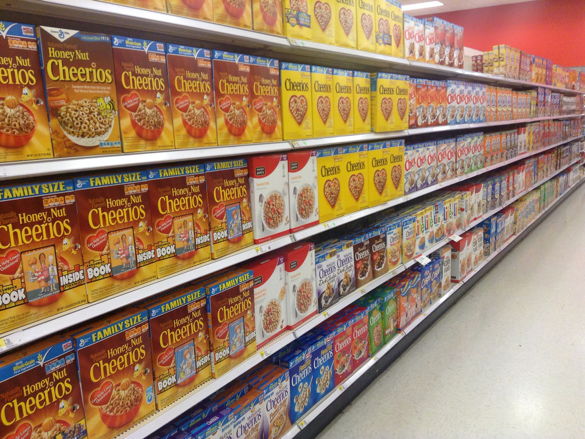
To envision this at scale in the next three years, you might have to suspend reality. Maybe there are micro distribution centers or fill up stations in neighborhoods. Maybe Walmart and other retailers are delivering filled reusable vessels to your home weekly with their home vending machine system. Whatever it is, single-use packaging, you’ve been forewarned. Your days are numbered. And by the way, don’t get me started on those laptop and phone boxes either.
Feel free to shoot me a note whether you agree or not. [email protected].
